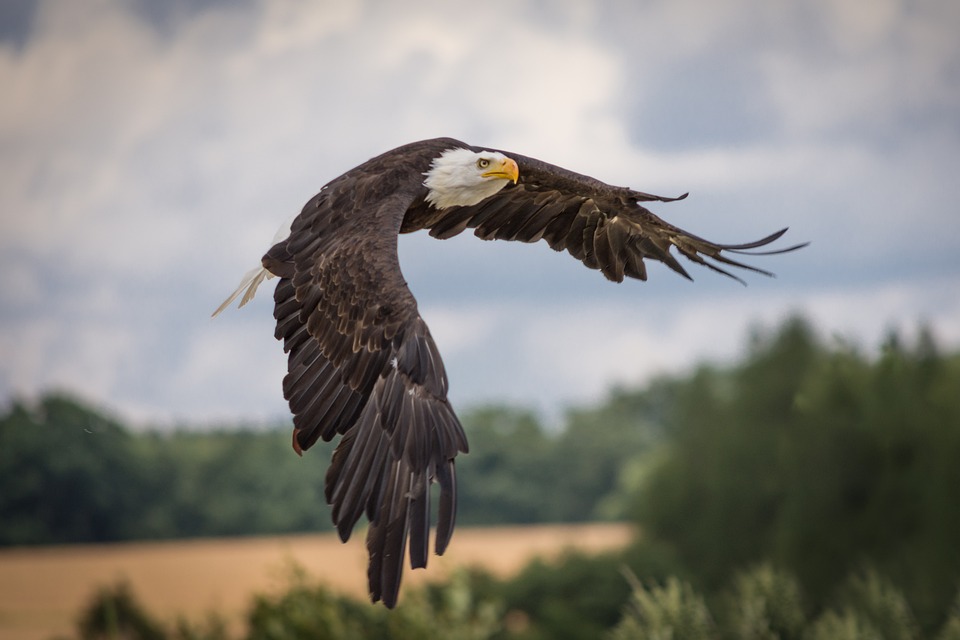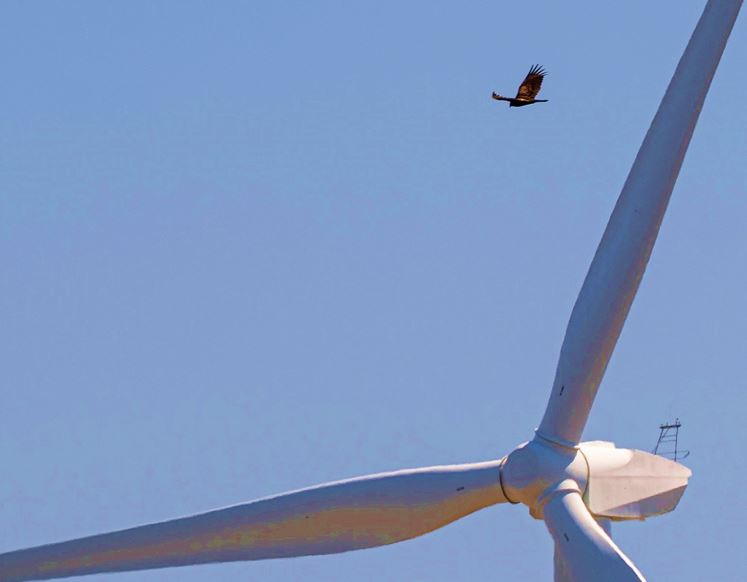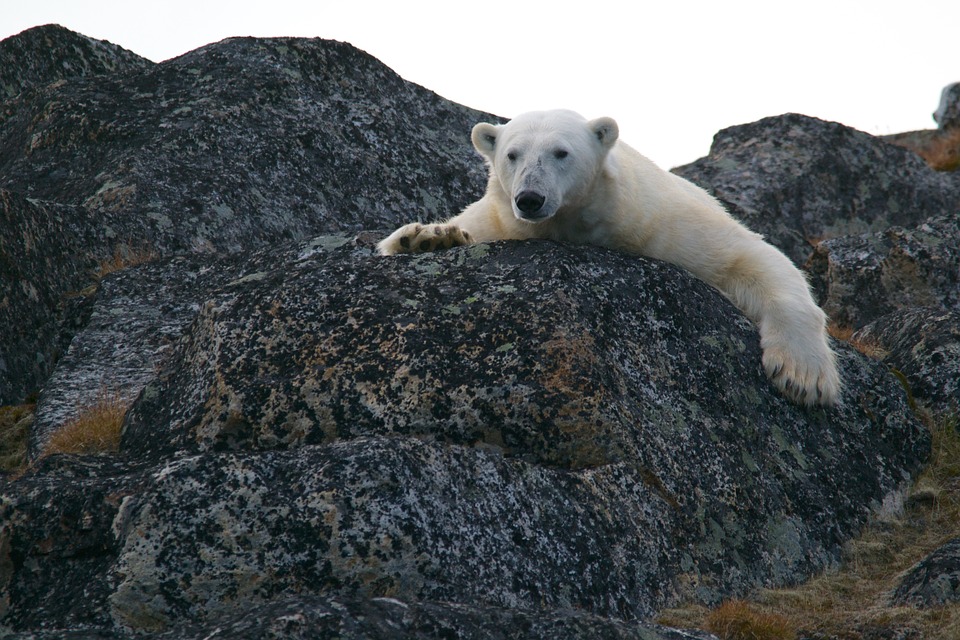Number Of Eagles Killed By Wind Farms In Wyoming Severely Underestimated, Biologist Says

By Kevin Killough for Cowboy State Daily
As more wind farms are being planned and constructed across southern Wyoming, more people are raising concerns about the impact to wildlife, especially eagles.
Mike Lockhart, a wildlife biologist specializing in eagles who worked for the U.S. Fish and Wildlife Service for more than 30 years, told Cowboy State Daily the impacts to eagle populations from Wyoming’s wind farms is being underreported and downplayed.
The projects now in development include the Boswell Springs Wind Project, the Two Rivers Wind Project, the Rail Tie Project, and the Rock Creek I and Rock Creek II projects, and the Chokecherry and Sierra Madre Wind Energy Project.
Altogether, when complete, these projects will add about 1,100 more turbines across the Wyoming landscape. The towers range in height from 400 to 600 feet, and they will be in addition to those currently operating.
Worst Place
Lockhart said Wyoming is a major migration route, not just for golden eagles, but for migratory birds all over North America. The spine of the Rocky Mountains is a corridor from Alaska and Canada, all the way down into Mexico and beyond.
“This [Wyoming] is the worst place you could possibly put wind farms,” Lockhart said. “And it seems like a massive rush to get these things developed as fast as they can.”
Lockhart said he’s supportive of wind energy and believes that climate change is the most serious environmental problem we face.
However, the U.S. Fish and Wildlife Service, he said, is underestimating the number of eagles killed every year by these wind turbines.
As a result, the public isn’t getting an accurate picture during the permitting process of what the impacts are.
“I think the impacts are a lot worse. A lot of the impacts are hidden. We’ll never find out because birds are struck and they’re never found,” Lockhart said.
Dire Situation
Anne Brande, executive director of the Albany County Conservancy based in Laramie, is a fourth-generation photographer. She founded the conservancy in 2020 to preserve, protect and promote habitat, history and wildlife in the Laramie Valley ecosystem.
She’s becoming increasingly concerned about the impacts of wind farm developments on wildlife and the views of Wyoming.
Brande told Cowboy State Daily the impacts to eagle populations from all those spinning blades across a wide swath of the state is becoming dire.
“Some of those turbines sit within a mile of golden eagle nesting,” Brande told Cowboy State Daily.
Public Comment
The conservancy submitted comments in December to the Bureau of Land Management on the environmental assessment (EA) for the Two Rivers Wind Project, to be constructed near Medicine Bow.
The project is a bit unique among Wyoming’s wind development because some of it is on federal land, meaning the developer, BlueEarth Renewables and Clearway, must go through a federal permitting process. This includes producing an EA, which assesses the overall environmental impact of the project. It is required by the National Environmental Protection Act, and the public is given 30 days to comment on the EA. The purpose is to allow the public to be involved in the process.
Overwhelming
Brande read in the Laramie Boomerang that there was a short deadline last December to comment on the EA for the Two Rivers Project. When she sat down to read the EA, she found it was 990 pages long.
“It became overwhelming,” Brande said.
She contacted her attorney who submitted comments on behalf of the conservancy.
“I said, this is beyond my scope. I can’t even fathom how to lay this out and in a concise way,” Brande said.
Lockhart also submitted comments on the project.
Among his conclusions and recommendations in the comments he submitted, Lockhart said that the project does not accurately portray the existing environmental conditions, such as the importance of the site to the breeding population of gold eagles. Lockhart stated that the project will have substantially greater impacts than any other projects.
In his comments, he criticized the EA’s using climate change as a justification for developing the project. He argues that other locations, such as Texas and the Great Plains, are better areas for wind development that would present less impact to eagles.
Eagle Takes
Kevin Kilty, a retired University of Wyoming adjunct professor of engineering, also submitted comments on the Two Rivers Wind Project EA. Throughout his decades-long career, he worked as a consultant, a groundwater hydrologist for the U.S. Geological Survey, and was the professor of record in about 180 classes.
“I even done some cowboying out in eastern Wyoming,” Kilty told Cowboy State Daily.
When they’re permitted, wind farms are allowed a certain number of eagle “takes,” as they’re called. That means how many eagles the spinning blades are allowed to kill every year. When the farm exceeds its takes, the company gets fined.
Wind farms in Wyoming have faced high-profile fines for killing eagles. In April, NextEra Energy pleaded guilty to violating the Migratory Bird Treaty Act and was ordered to pay more than $8 million. Duke Energy, which operates a few wind farms in Wyoming, was fined $1 million in 2014 for the deaths of 14 golden eagles; and PacifiCorp received $2.5 million in fines for 38 eagles killed by its turbines.




